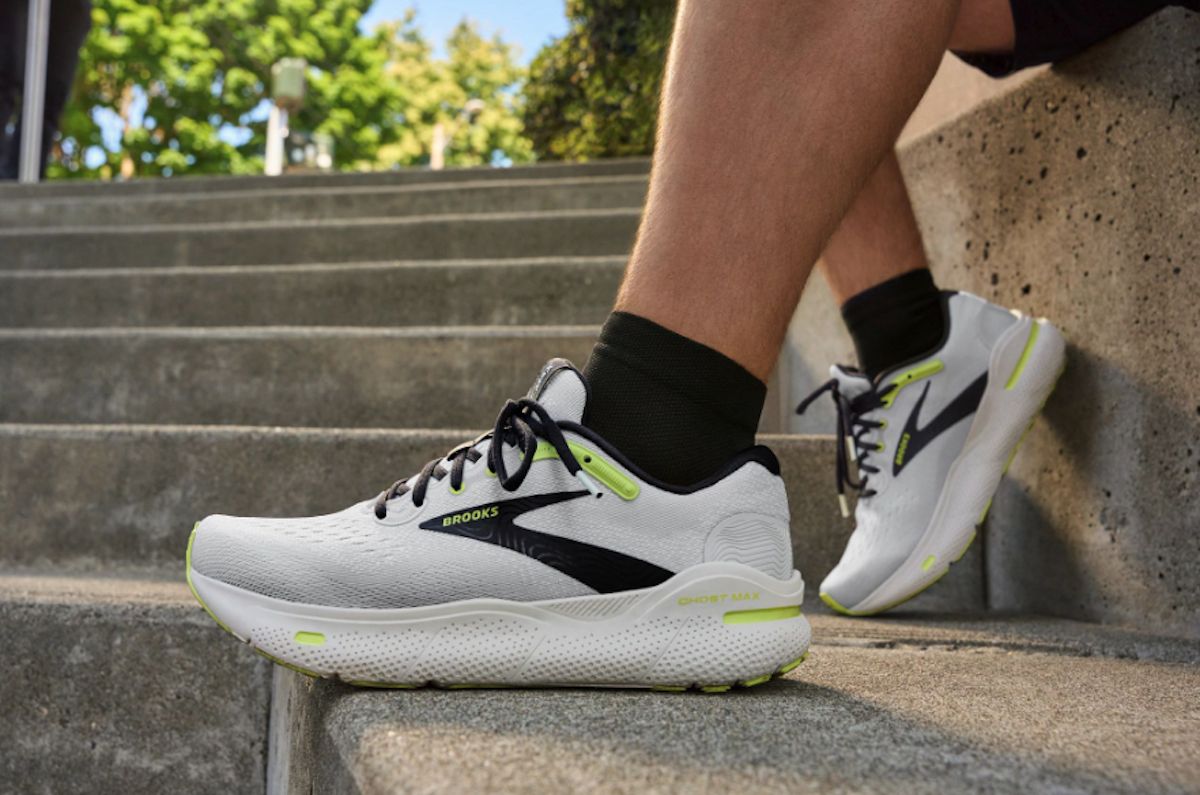How Brooks Plans to Achieve Double-Digit Growth in 2024 As the Running Market Heats Up

While other running brands such as Hoka and On have been generating big buzz, Brooks continues to show solid gains.
As of the third quarter, Brooks’ global revenue grew 5 percent year-to-date, with North America revenues increasing 7 percent. Internationally, Brooks’ revenue increased 22 percent in France and the United Kingdom combined year-to-date and China also saw unspecified growth.
More from Footwear News
These results, Brooks CEO Jim Weber said, were driven by recovery from pandemic-related supply chain problems and bolstered by the launch of the well-received Ghost Max shoe in September. They also come as competition in the market heats up in the post-pandemic landscape.
“It’s not a small little niche anymore,” Weber said about the active performance category, which encompasses products for running, walking, cross training, hiking and trail. “It’s just got a broader appeal.”
And even amid an inflationary environment, Weber noted that premium price points for running footwear have “made the cut with the consumer in this environment.”
Looking ahead, Brooks expects to achieve double-digit growth in 2024. To do this, the brand is keeping the focus on its No. 1 consumer group — dedicated, frequent runners — while accelerating the pace of product innovation and expanding its reach to consumers looking for comfort and performance outside of road running.
“Runners have choices … and great product wins the day,” Weber said. “That’s where we’re going to continue to remain focused.”
A return to innovation
The Ghost Max is one example of a recent product innovation from Brooks that is reaping rewards. The shoe features maximum cushioning with GlideRoll rocker technology to help runners move quickly from heel to toe.
The product, which became one of Brooks’ best retail launches in history, was due to market a year ago but was delayed due to supply chain issues that characterized much of Brooks’ business for the last three years, Weber said.
Roughly 45 percent of Brooks’ footwear production was impacted by lockdowns for three months between the end of 2021 and into 2022, which impeded the brand’s ability to deliver new products in the pipeline and meet consumer demand. These disruptions also had a negative impact on its inventory levels, which went from being too low to too high before finally settling back to a comfortable spot recently.
“Managing inventory well is the key to having a healthy business,” Weber said. “We’re finally normalized there.”
Armed with a more stable supply chain, Brooks is planning to keep the innovations coming in 2024. The brand plans to launch the Glycerin 21 and the Hyperion Elite 4 distance racing shoe in time for the 2024 U.S. Olympic Marathon Team Trials in February. Brooks is also launching the Exhilarate-BL to Brooks Run Club loyalty members in early 2024.
Including the Ghost Max, five of the top 10-selling running footwear franchises in the U.S. specialty run channel are from Brooks, according to Upper Quadrant specialty run market data, cited by Brooks. The brand also nabbed the No.1 spot in the adult performance running footwear market at U.S. retail for the seventh quarter in a row, holding 21.4 percent of market share year- to-date, according to Circana’s Retail Tracking Service between January 2022 and September 2023.
While Brooks’ main focus is still the serious performance runner, the brand is aware that its customer base is looking for comfortable, supportive, well-fitting footwear that can be worn for a variety of occasions and activities, such as trail running, hiking, gym training and traveling.
In 2024, Weber said Brooks will begin to make a conscious effort to speak to consumers in these adjacent categories and emphasize the benefits of Brooks’ footwear technology in a broader “active lifestyle” ecosystem.
“If you’re looking for great footwear — if you’re walking or just for travel or comfort — comfort is just such a universal truth for people,” Weber said. “Many of the running silhouettes are such a great solution for that.”
The retail game plan
When it comes to distribution, Brooks is set on a multichannel approach.
“You can’t reach runners by just [direct-to- consumer], with your own stores or website,” Weber said. “If you want to reach runners, you’ve got to be in Spokane, Des Moines, Tallahassee and Austin.”
Half of Brooks’ business comes from wholesale brick-and-mortar stores. The other half is generated online, with 20 percent of that coming through Brooks’ own website.
While the company’s U.S. e-commerce business increased 25 percent year to date in Q3, its DTC penetration is currently behind its competitors. Hoka’s DTC sales increased 54 percent year-over- year in the first half of the year, to make up 38 percent of the brand’s revenue. On’s DTC share in Q2 was 36.8 percent.
That doesn’t worry Weber, who sees Brooks’ penetration in the wholesale channel as a major benefit.
“That multichannel focus has served us so well because we’ve flexed as the consumer has moved,” he said.
Eventually, Weber anticipates sales to make up an even three-way split between wholesale physical stores, Brooks’ website and third-party websites.
And as the running category grows and evolves, the CEO sees a bright future for Brooks to continue growing its share.
“This category is huge,” Weber said. “And underneath that is not only a generally healthy consumer, but [more] people getting outdoors and moving and just making it a part of their life.”
Best of Footwear News
The History of Giving Tuesday and What You Need to Know to Participate
These Theories About How Black Friday Got Started Will Surprise You
Birkenstock’s Blockbuster IPO: The Brand’s 250-Year History, From Barbie to Billions
Sign up for FN's Newsletter. For the latest news, follow us on Facebook, Twitter, and Instagram.

